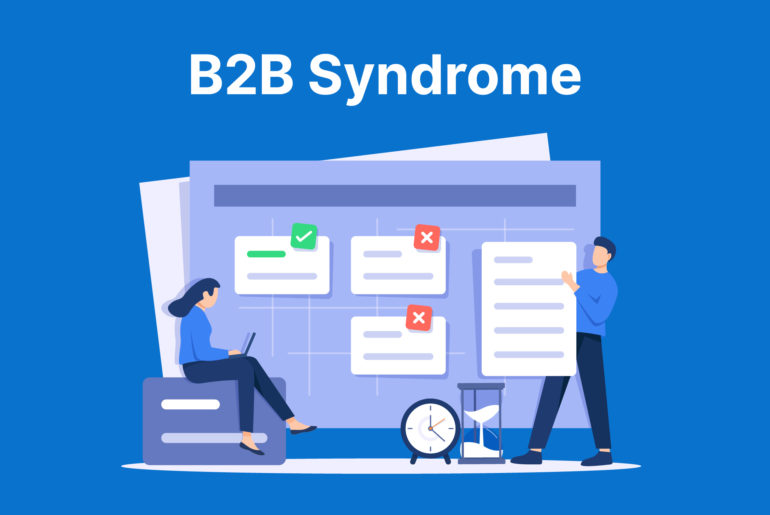reCAPTCHA protects websites from spam, data theft, and other forms of abuse from unauthorised parties. And it has evolved over the years as is the case with technology. First, reCAPTCHA v2 was introduced as an upgrade to the original reCAPTCHA system. Now, we have reCAPTCHA v3 as the latest update. While it’s recommended to always use the latest version, you may still find the older version more user-friendly and better suited to your use case. So what should you do? Find out if it’s worth updating to the new version for your use case.
In this short post, we’ll discuss the major differences between reCAPTCHA v2 and v3, so you can assess whether reCAPTCHA v2 is still good for you or whether you should opt for v3 for more advanced protection.
How does reCAPTCHA v2 work?
reCAPTCHA v2 works through user-initiated validation. It offers a more user-friendly approach than the original reCAPTCHA version that required users to transcribe distorted texts. To identify whether a user is a real person or a robot, it uses two forms of interaction:
- “I’m not a robot” checkbox where users simply need to click on a checkbox to confirm they are not robots. Depending on Google’s risk analysis, the user may pass immediately or be presented with an additional challenge, such as identifying objects in images.
- Invisible reCAPTCHA badge where the reCAPTCHA is invoked when a user clicks on an existing button on the website or through a JavaScript API. A direct interaction is not necessary in this case.
Pros of reCAPTCHA v2
reCAPTCHA v2 is much more user friendly and effective than the previous version of reCAPTCHA to detect bots. The challenges it presents are much less time consuming and easier to comprehend for humans.
Cons of reCaptcha v2
However, reCAPTCHA can still be a challenge in terms of user experience, and hence discourage some users from completing their actions. Also, reCAPTCHA v2 may not be useful if a real human is accessing your pages or forms with a malicious intent.
How does reCAPTCHA v3 work?
Unlike the challenge-based approach of reCAPTHCA v2, the v3 version uses a scoring system to assess the likelihood of a user being a human or a bot. Instead of presenting a CAPTCHA challenge, v3 reviews each interaction and returns a risk score. The score ranges from 0.0 to 1.0, the former being most likely a bot and the latter being human.
reCAPTCHA is non-intrusive and operates behind the scenes, ensuring a distraction-free experience for users. Plus, the scoring system allows website owners and administrators to choose the most appropriate action. For instance, a middle score could trigger a two-factor authentication request, while a low score could block the interaction completely.
Pros of reCAPTCHA v3
reCAPTCHA v3 definitely provides an improved website security and user experience. When users do not need to go through any verification interaction, they are less likely to get distracted and more likely to complete their actions on your website. Plus, reCAPTCHA uses advanced machine learning algorithms to monitor user behaviour, making more accurate differentiations between a bot and a user.
Cons of reCaptcha v3
However, some of the cons of reCAPTCHA v3 include limited customisation options and incompatibility with older browser and plugin versions (if you’re on WordPress). Plus, it can sometimes identify legit users as a bot and cause poor user experiences.
What to use?
If you require tangible proof of human interaction and don’t mind putting your users through additional actions, v2 is a reliable choice. However, if you’re seeking a seamless user experience and are prepared to take actions based on risk scores, v3 offers a more integrated solution.
Ultimately, both reCAPTCHA v2 and v3 versions serve the same purpose – to protect your website from automated abuse. You can make an informed decision on which version best suits the needs of your site by understanding the features and benefits of both. Hope this helps!








